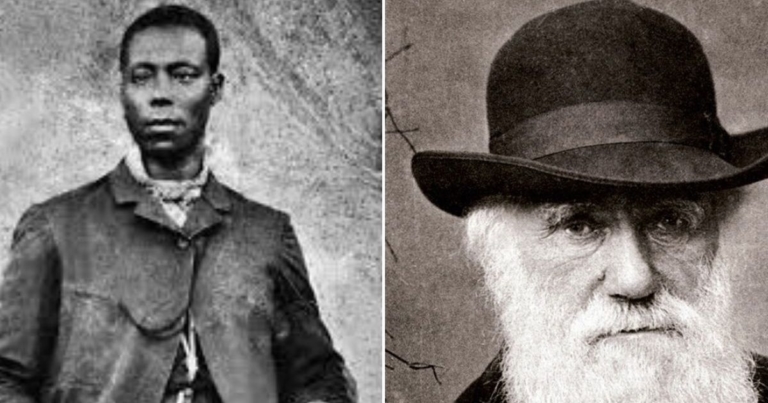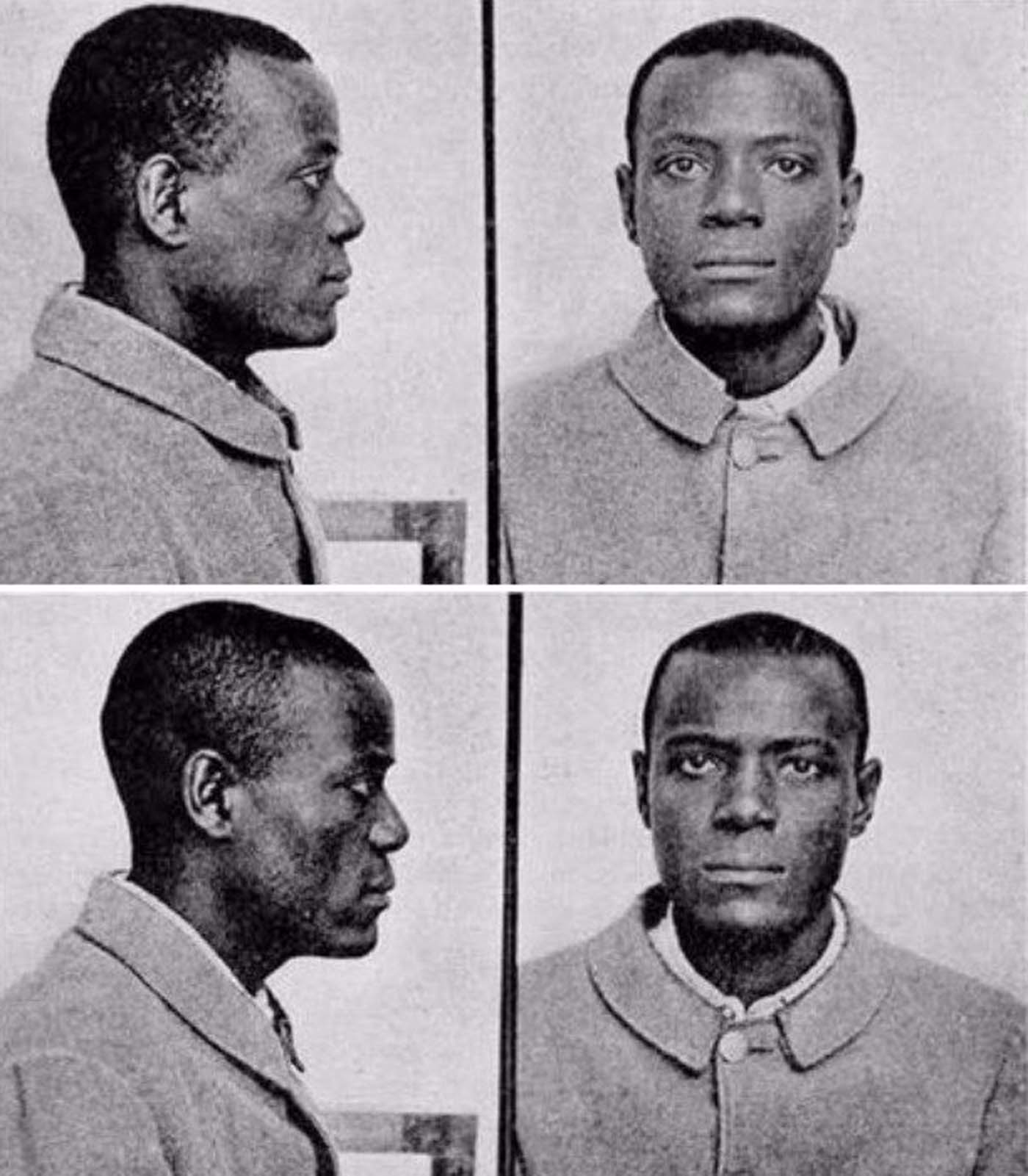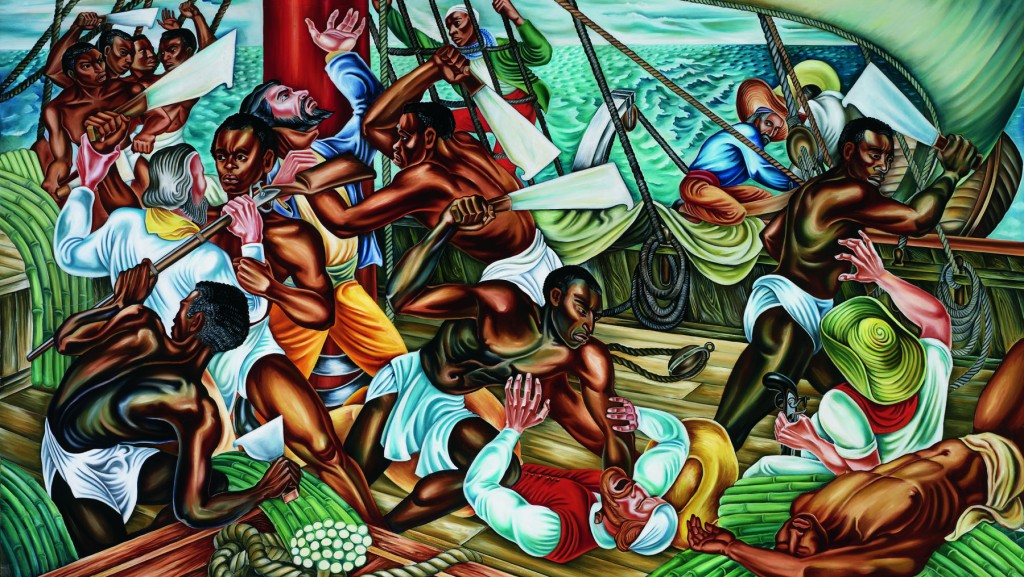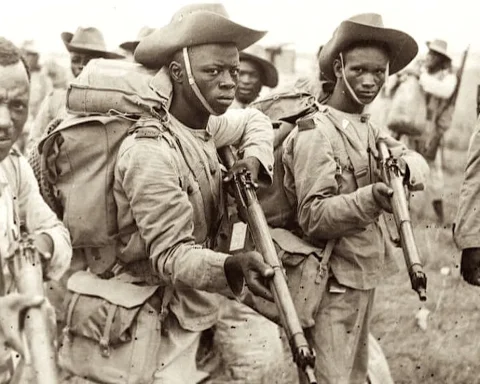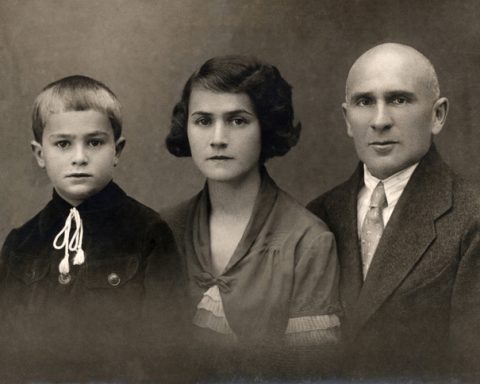Alfred Russell Wallace is a man often identified to have contributed almost as much as Charles Darwin to the theory of evolution. Little is, however, known or said about the formerly enslaved person black man that taught Charles Darwin a skill that proved to be more than necessary in his fieldwork during his time in South America and Galapagos.
But, none the less, one cannot tell the story of Charles Darwin and his journey to the realisation that changed modern science and how we approach the origin of species truthfully and entirely without recounting the part John Edmonstone played in this.
John was an enslaved Guyanese person in servitude to Charles Edmonstone at a plantation in Warrows place, Mibiri, in Southern America.
Charles Waterton, a Son-in-law to John’s Master, was a naturalist. He would take John on several expeditions to collect, preserve, and study birds. It was from him, in this endeavour, that John learned Taxidermy – The art of preserving animals through the stuffing.
In 1817 Charles Edmonstone moved back to Scotland with his wife taking John with him. Before that, in 1807, the British Empire had already outlawed the purchase or ownership of enslaved people within the Empire with the Slave Trade Act of 1807.
Hence, John was freed by his Master when they arrived in Scotland. As a freeman, he chose to take his Master’s name, adopting the name Edmonstone. He moved to Edinburgh, where he worked at the Natural History Museum as a taxidermist and also taught the students the subject of taxidermy.
It was there he became acquainted with the young Charles Darwin, who had been sent to Edinburgh by his parents to study medicine to become a doctor. Charles Darwin, however, had trouble with the discipline of medicine, which he found quite a bore and the surgery, which he found to be a daunting task.
John taught Darwin the subject of taxidermy and relayed tales about the species of animals and plants that thrived within the rain forests of Guyana, further enticing the young Darwin towards the calling that would mark his life in history. Charles also learned from John some of his arguments as an abolitionist of the slave trade, which most scholars believe influenced the young Darwin profoundly in the subsequent years to come during his studies of evolution.
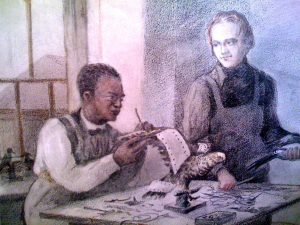
Inspired by tales of slave uprisings in Guyana, a book by John’s old expedition mate Charles Waterton named; Wandering in South America which detailed much of his studies and expeditions in South America, many of which John shared, and also the thrilling stories by his Taxidermy teacher, John, Charles developed a keen interest in travelling to South American for his adventures and study.
Charles dropped out of medical school in Edinburgh shortly after and signed up on HMS Beagle Captain FitzRoy as a Gentleman’s Companion. During this time, Charles collected a much decent collection of biological specimens that aided his study subsequently.
Using the skill and knowledge learned from John Edmonstone, Charles also collected and preserved 15 finches from the Galapagos island.
Darwin, who had initially believed the finches were of the same species as his specimen from Guyana, sent all these specimens to a British ornithologist, John Gould. The latter, after a study, verified that they were, in fact, 12 different kinds of finches.
This realisation and further studies solidified Darwin’s conclusion on the origin of the diverse kinds of finches – he proposed a common ancestor and an adaptive modification through generations of finches inhabiting different ecosystems in distinct Islands in the Galapagos.
Also further informs his conviction that human beings are never superior on racial or ethnic lines. That differences in species are all adaptive changes over time due to differences or changes in environmental or ecological conditions of the habitats where they are found.
Even though one may understand that John Edmonstone had a significant impact on the life of Charles Darwin, hence, arguably the world as Darwin riding on the knowledge imparted by John would go on to change the way we view the world, very little is written by John’s contribution.
Even Darwin himself had little to say about John’s involvement in his life or the impact thereof, leading some historians to question the claim’s legitimacy that John Edmonstone taught Darwin.
One can always see that John’s influence and inspiration in Charles Darwin’s life and studies were of profound value, which also deserves a decent amount of recognition and credit when the life and intellectual achievements of Charles Darwin are given authentic interpretations.
After all, Andrian Desmond and James Moore, in their book ‘Darwin’s Sacred Cause’ remarked; ‘How often, too, Darwin must have seen amiable John Edmonstone … in these oppressed people’
